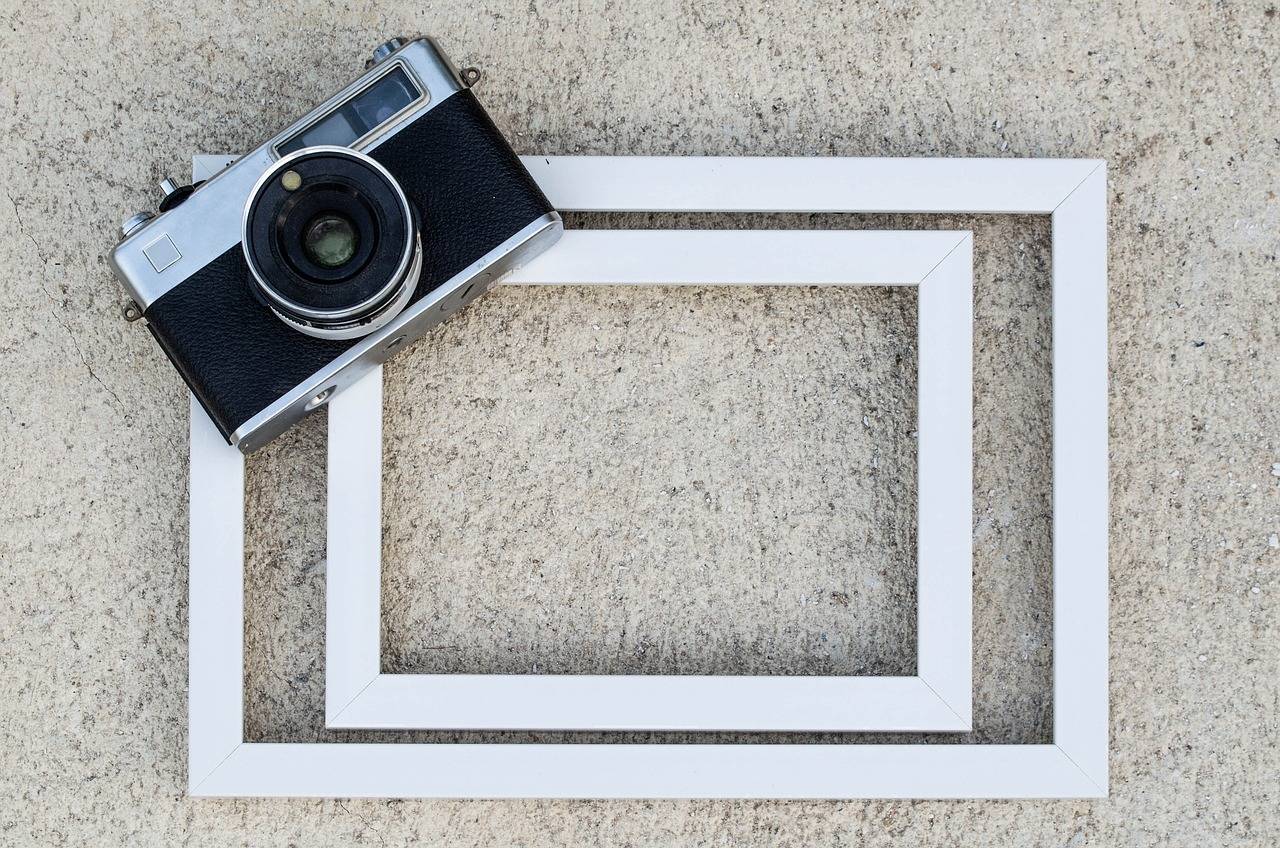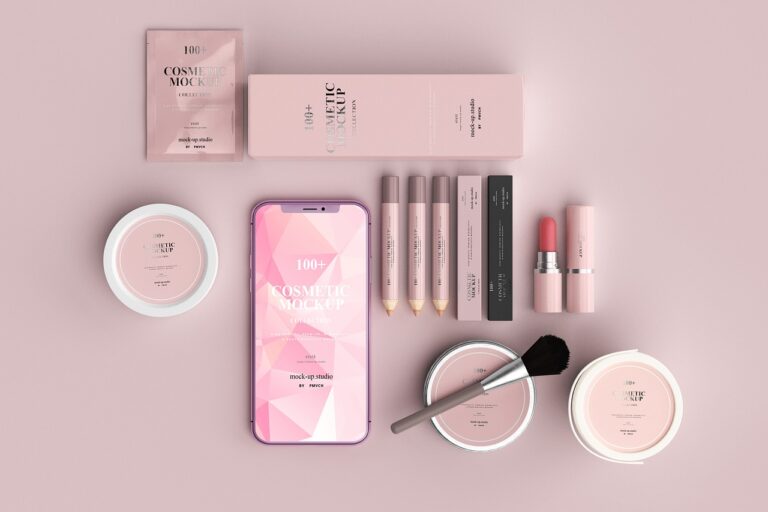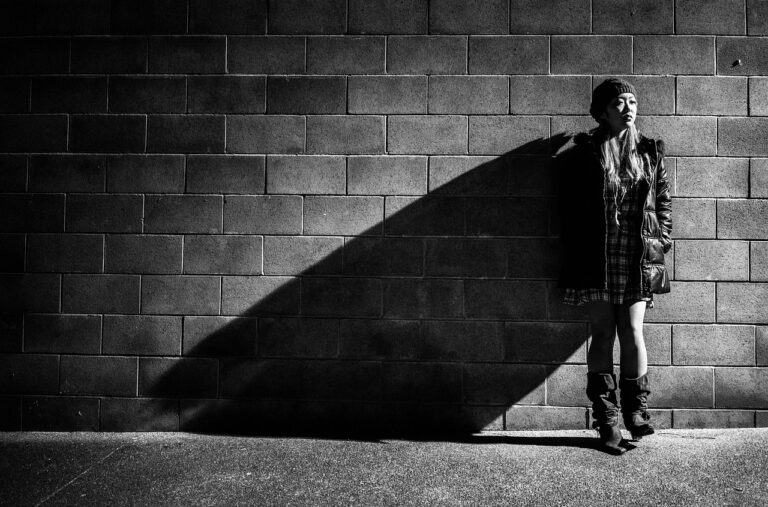The Intersection of Fashion and Art: How Designers Draw Inspiration from the Visual Arts
Studying classical paintings can ignite a spark of creativity in the world of fashion. The vibrant colors, intricate details, and emotive expressions captured in these artworks can serve as a wellspring of ideas for designers seeking to infuse their creations with a timeless allure. By drawing inspiration from the masterpieces of renowned artists like Da Vinci, Botticelli, or Michelangelo, fashion designers can bring a touch of historical elegance and sophistication to their collections.
The graceful drapery of a flowing gown, the delicate patterns of lace reminiscent of filigree paintings, or the bold contrasts of light and shadow seen in classical artworks can all be translated into stunning fashion pieces. From intricate embroidery to dramatic silhouettes, the influence of classical paintings on fashion design is a testament to the enduring power of art to transcend time and inspire creativity in new and exciting ways.
Incorporating Sculpture Elements into Fashion Designs
The merging of sculpture elements into fashion design is a captivating trend that adds a dynamic dimension to the world of style. By infusing sculptural shapes, textures, and forms into garments, designers are able to elevate their creations to wearable art pieces that mesmerize and inspire. This innovative approach blur the lines between fashion and art, creating a unique synergy that sparks imagination and creativity.
The incorporation of sculptural elements into fashion designs allows for a seamless blend of structure and fluidity, creating a visually striking juxtaposition that captures attention. By experimenting with materials like metal, acrylic, or unconventional fabrics, designers are able to push boundaries and redefine conventional notions of clothing. This bold and avant-garde aesthetic opens up new possibilities for self-expression and encourages individuals to embrace their distinctive style with confidence.
• Experimenting with sculptural shapes and forms in clothing design adds a unique dimension to traditional fashion
• Using materials like metal, acrylic, or unconventional fabrics allows designers to push boundaries and create innovative pieces
• The blend of structure and fluidity in sculptural fashion designs creates visually striking juxtapositions that captivate the eye
• Incorporating sculpture elements into garments encourages individuals to express their personal style boldly
Fashion as a Form of Self-Expression
Fashion serves as a powerful tool for individuals to express their personalities and beliefs. Through clothing choices, people communicate their identities and values to the world. Whether it’s through vibrant colors, bold patterns, or edgy silhouettes, fashion allows individuals to showcase their unique style and showcase their inner selves.
Additionally, fashion provides a platform for individuals to convey their current mood or emotions. An outfit can reflect a person’s feelings on a particular day, whether it be through casual, relaxed attire or formal, professional looks. The ability to dress according to one’s emotional state not only serves as a form of self-expression but also allows individuals to feel more in tune with their inner thoughts and sentiments.
How can classical paintings inspire fashion designs?
Classical paintings can serve as a source of inspiration for color palettes, patterns, and silhouettes in fashion designs. Designers often look to art history for ideas on how to incorporate elements of classical beauty and elegance into their creations.
What are some examples of sculpture elements in fashion designs?
Sculpture elements in fashion designs can include structural shapes, unusual textures, and interesting draping techniques that mimic the three-dimensional qualities of sculptures. Designers may also draw inspiration from the works of famous sculptors when creating their pieces.
How does fashion serve as a form of self-expression?
Fashion allows individuals to communicate their personality, interests, and values through the clothes they wear. By choosing specific pieces, colors, and styles, people can express their unique identity and make a statement about who they are.





